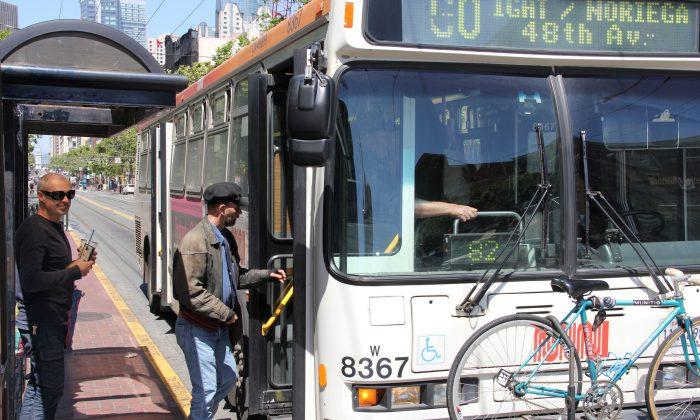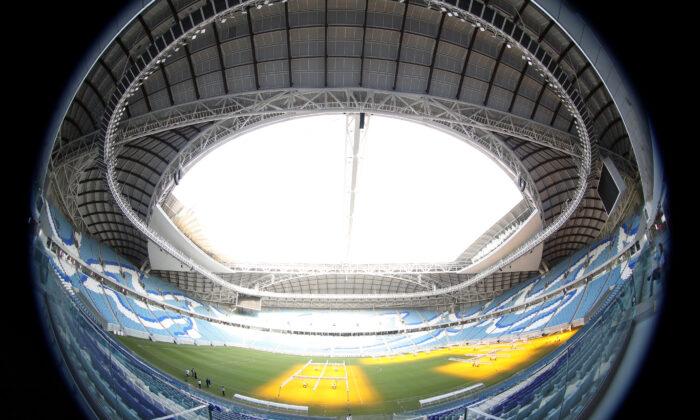SAN FRANCISCO—Complaining about Muni delays is a favorite pastime for many San Franciscans. Now, for the first time, a report puts a number on how much the city’s economy suffers when buses or light-rail come late.
In April, the Municipal Railway system had 200 delays of over 10 minutes due to maintenance or the infamous “Muni meltdowns.”
The San Francisco Controller’s Office counted 86,000 customers’ hours being lost during peak hours as a result, leading to increased commute time. Due to reduced quality of life, higher labor costs, and decreased home values, the office estimates a loss of economic productivity for the city of $50 million a year.
Supervisor Scott Wiener asked representatives of the San Francisco Municipal Transportation Agency that oversees Muni for a performance report at a special hearing at the Land Use and Economic Development Committee Tuesday.
With 700,000 riders a day, Muni is one of the largest public transportation systems in the country and has a deep reach, with 90 percent of residents living within two blocks of a Muni stop for a bus, trolley, street car, light rail, or cable car.
“Muni in a number of ways is a fantastic system,” said Wiener.
However, “we allowed the system to deteriorate over time physically. We’ve done this by systemically underinvesting for decades in the system’s infrastructure,” he added.
Muni has an annual budget deficit of $320 million a year, the gap for the city agency to operate and maintain its $6.7 billion worth of assets, and an estimated $2.2 billion in deferred maintenance, said Ed Reiskin, director of transportation, Tuesday.
A tenth of all Muni’s assets, mostly vehicles, are beyond their useful life, and being underfunded, it’s not possible to keep them in a state of good repair, said Reiskin. Old overhead lines have been the main cause of numerous delays for electric trolley coaches in recent weeks.
As a result, Muni’s on-time performance stands at just 58.7 percent, well below the mandated 85 percent, for FY 2013. And only a third of light-rail trains are able to deliver service at peak service hours.
Wiener said that while Muni needs to continue to reform itself, that won’t be enough to ensure it can deliver the service it’s supposed to deliver.
He warns of Muni continuing to spiral downward. Customers who are frustrated by the delays of an underfunded Muni more easily lose confidence in the system and choose to drive instead, which reduces funds and further undermines the system.
In anticipation of the forecasted increase in population of more than 920,000 in San Francisco by the year 2035, Wiener said it’s a “joint responsibility” to ensure Muni has the capital investment to accommodate this.
“The growth is coming to San Francisco and the Bay Area. We have a choice whether we plan for it or don’t plan for it. If we don’t plan for it, we will be in a state of hurt,” said Wiener.
Reiskin said that investing in Muni and thus improving the transit would pay off for the city and its inhabitants, as it would create economic benefits that would surpass the costs.
“What if we take the 50 million [lost to delays] and invest them in the system?” he asked.




